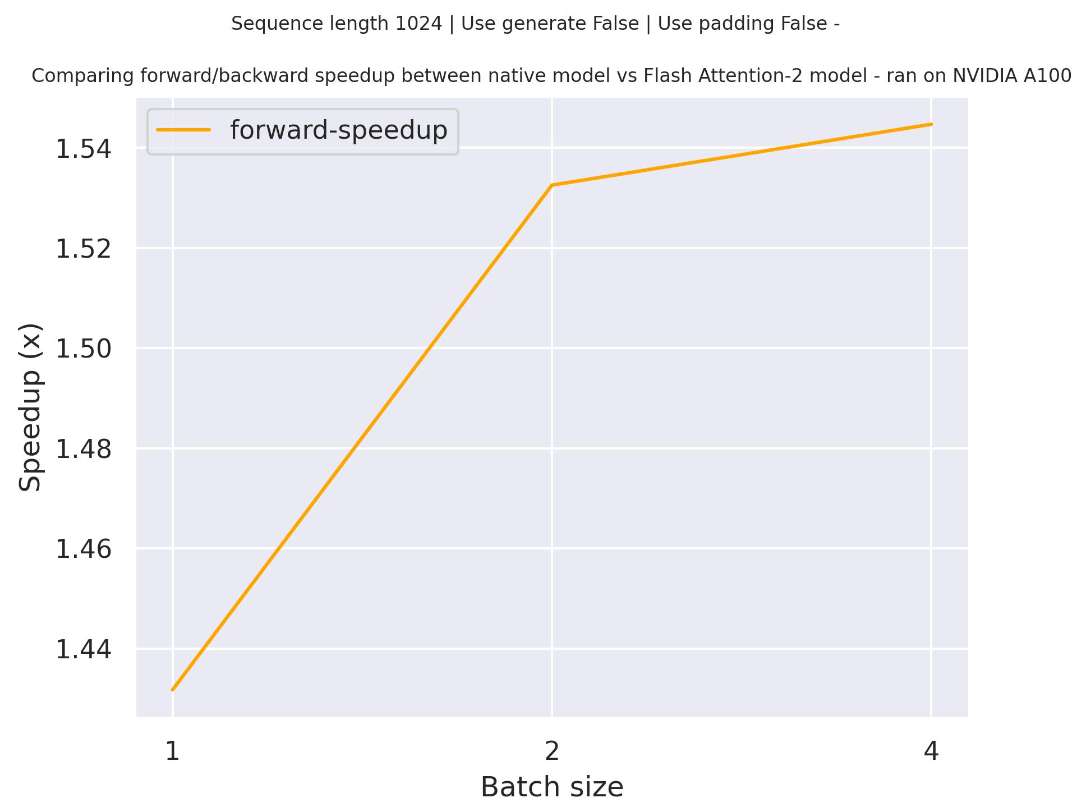* toctree * not-doctested.txt * collapse sections * feedback * update * rewrite get started sections * fixes * fix * loading models * fix * customize models * share * fix link * contribute part 1 * contribute pt 2 * fix toctree * tokenization pt 1 * Add new model (#32615) * v1 - working version * fix * fix * fix * fix * rename to correct name * fix title * fixup * rename files * fix * add copied from on tests * rename to `FalconMamba` everywhere and fix bugs * fix quantization + accelerate * fix copies * add `torch.compile` support * fix tests * fix tests and add slow tests * copies on config * merge the latest changes * fix tests * add few lines about instruct * Apply suggestions from code review Co-authored-by: Arthur <48595927+ArthurZucker@users.noreply.github.com> * fix * fix tests --------- Co-authored-by: Arthur <48595927+ArthurZucker@users.noreply.github.com> * "to be not" -> "not to be" (#32636) * "to be not" -> "not to be" * Update sam.md * Update trainer.py * Update modeling_utils.py * Update test_modeling_utils.py * Update test_modeling_utils.py * fix hfoption tag * tokenization pt. 2 * image processor * fix toctree * backbones * feature extractor * fix file name * processor * update not-doctested * update * make style * fix toctree * revision * make fixup * fix toctree * fix * make style * fix hfoption tag * pipeline * pipeline gradio * pipeline web server * add pipeline * fix toctree * not-doctested * prompting * llm optims * fix toctree * fixes * cache * text generation * fix * chat pipeline * chat stuff * xla * torch.compile * cpu inference * toctree * gpu inference * agents and tools * gguf/tiktoken * finetune * toctree * trainer * trainer pt 2 * optims * optimizers * accelerate * parallelism * fsdp * update * distributed cpu * hardware training * gpu training * gpu training 2 * peft * distrib debug * deepspeed 1 * deepspeed 2 * chat toctree * quant pt 1 * quant pt 2 * fix toctree * fix * fix * quant pt 3 * quant pt 4 * serialization * torchscript * scripts * tpu * review * model addition timeline * modular * more reviews * reviews * fix toctree * reviews reviews * continue reviews * more reviews * modular transformers * more review * zamba2 * fix * all frameworks * pytorch * supported model frameworks * flashattention * rm check_table * not-doctested.txt * rm check_support_list.py * feedback * updates/feedback * review * feedback * fix * update * feedback * updates * update --------- Co-authored-by: Younes Belkada <49240599+younesbelkada@users.noreply.github.com> Co-authored-by: Arthur <48595927+ArthurZucker@users.noreply.github.com> Co-authored-by: Quentin Gallouédec <45557362+qgallouedec@users.noreply.github.com>
8.0 KiB
GPT Neo



Overview
The GPTNeo model was released in the EleutherAI/gpt-neo repository by Sid Black, Stella Biderman, Leo Gao, Phil Wang and Connor Leahy. It is a GPT2 like causal language model trained on the Pile dataset.
The architecture is similar to GPT2 except that GPT Neo uses local attention in every other layer with a window size of 256 tokens.
This model was contributed by valhalla.
Usage example
The generate() method can be used to generate text using GPT Neo model.
>>> from transformers import GPTNeoForCausalLM, GPT2Tokenizer
>>> model = GPTNeoForCausalLM.from_pretrained("EleutherAI/gpt-neo-1.3B")
>>> tokenizer = GPT2Tokenizer.from_pretrained("EleutherAI/gpt-neo-1.3B")
>>> prompt = (
... "In a shocking finding, scientists discovered a herd of unicorns living in a remote, "
... "previously unexplored valley, in the Andes Mountains. Even more surprising to the "
... "researchers was the fact that the unicorns spoke perfect English."
... )
>>> input_ids = tokenizer(prompt, return_tensors="pt").input_ids
>>> gen_tokens = model.generate(
... input_ids,
... do_sample=True,
... temperature=0.9,
... max_length=100,
... )
>>> gen_text = tokenizer.batch_decode(gen_tokens)[0]
Combining GPT-Neo and Flash Attention 2
First, make sure to install the latest version of Flash Attention 2 to include the sliding window attention feature, and make sure your hardware is compatible with Flash-Attention 2. More details are available here concerning the installation.
Make sure as well to load your model in half-precision (e.g. torch.float16).
To load and run a model using Flash Attention 2, refer to the snippet below:
>>> import torch
>>> from transformers import AutoModelForCausalLM, AutoTokenizer
>>> device = "cuda" # the device to load the model onto
>>> model = AutoModelForCausalLM.from_pretrained("EleutherAI/gpt-neo-2.7B", torch_dtype=torch.float16, attn_implementation="flash_attention_2")
>>> tokenizer = AutoTokenizer.from_pretrained("EleutherAI/gpt-neo-2.7B")
>>> prompt = "def hello_world():"
>>> model_inputs = tokenizer([prompt], return_tensors="pt").to(device)
>>> model.to(device)
>>> generated_ids = model.generate(**model_inputs, max_new_tokens=100, do_sample=True)
>>> tokenizer.batch_decode(generated_ids)[0]
"def hello_world():\n >>> run_script("hello.py")\n >>> exit(0)\n<|endoftext|>"
Expected speedups
Below is an expected speedup diagram that compares pure inference time between the native implementation in transformers using EleutherAI/gpt-neo-2.7B checkpoint and the Flash Attention 2 version of the model.
Note that for GPT-Neo it is not possible to train / run on very long context as the max position embeddings is limited to 2048 - but this is applicable to all gpt-neo models and not specific to FA-2

Resources
GPTNeoConfig
autodoc GPTNeoConfig
GPTNeoModel
autodoc GPTNeoModel - forward
GPTNeoForCausalLM
autodoc GPTNeoForCausalLM - forward
GPTNeoForQuestionAnswering
autodoc GPTNeoForQuestionAnswering - forward
GPTNeoForSequenceClassification
autodoc GPTNeoForSequenceClassification - forward
GPTNeoForTokenClassification
autodoc GPTNeoForTokenClassification - forward
FlaxGPTNeoModel
autodoc FlaxGPTNeoModel - call
FlaxGPTNeoForCausalLM
autodoc FlaxGPTNeoForCausalLM - call